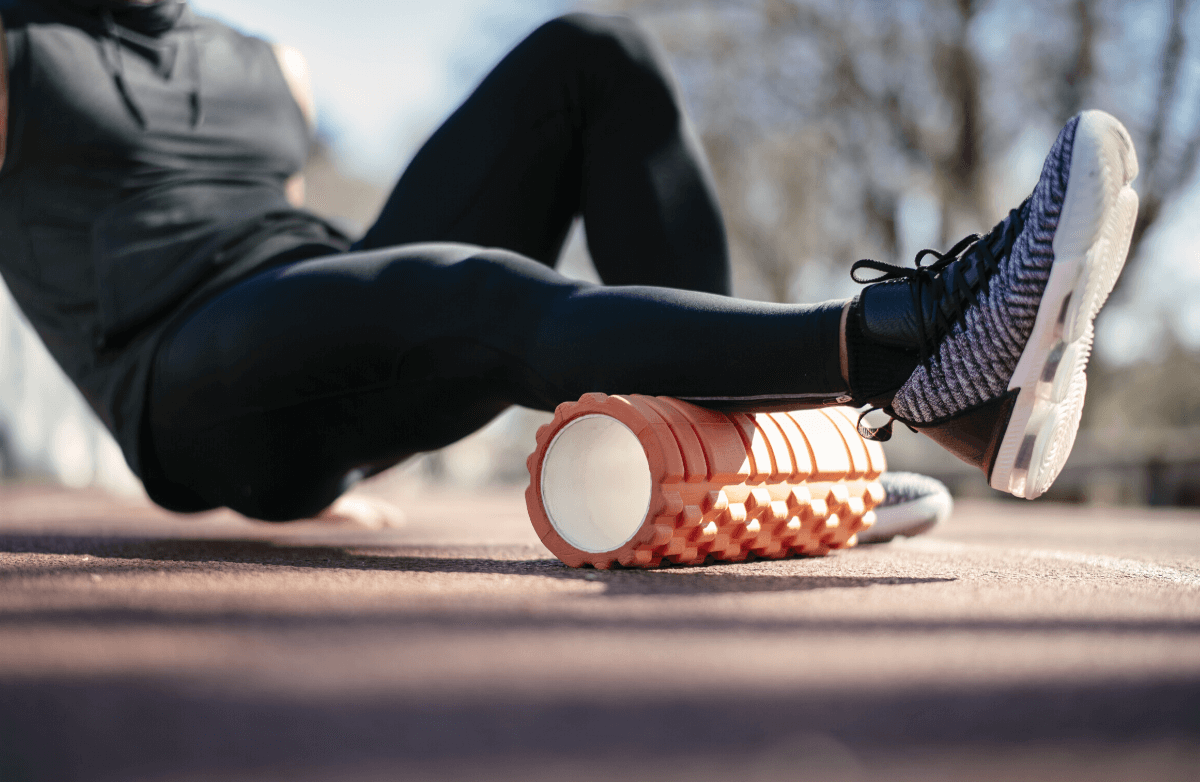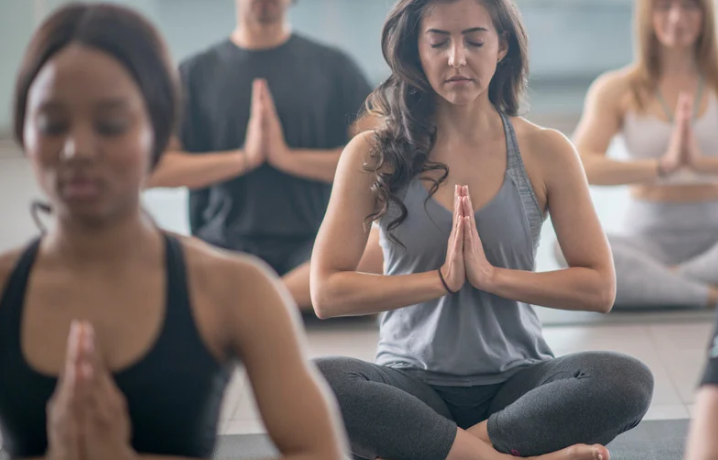The effects of neglecting your cardiovascular health are no laughing matter. According to the Centers for Disease Control and Prevention, more than 610,000 people in the United States die from heart disease annually. And it gets worse: Globally, the trend continues. The leading cause of death in the world is, you guessed it, heart disease.
The numbers don't lie—with cardiovascular health worldwide at less-than-optimal levels, it's now more important than ever to focus on this important aspect of healthy living. One of the surefire ways to improve cardiovascular health is with intelligent, safe and effective cardiovascular exercise – but there’s a catch. Just any cardio won’t cut it; you have to focus on finding the right workout for your body and your lifestyle.
The Cardinal Sins of Cardio
Within the most common forms of cardio—running, walking, cycling, rowing, swimming, jumping rope and dance—there are also various ways to perform the workout, whether you prefer low intensities with a longer duration, medium intensity with a medium duration, high-intensity interval training or circuit training.One major mistake that people make when choosing or performing cardio is using umbrella terminology which lumps all cardio workouts in the same category. It would be a mistake to consider all running the same, when you could have one runner who prefers
This umbrella terminology leads to umbrella application, wherein people end up adopting a cookie-cutter format that fails to consider individualization. Rather than gravitating toward what is best for their bodies, many
Another common mistake is choosing an exercise that is not a good match for an individual's experience level. While this might seem pretty straightforward, but it’s the most common mistake seen in the gym and it’s the most catastrophic, too.
Due in part to our desire for instant gratification, many people want to train above their current ability. Patience and an acceptance of the process is a rare trait these days, so people often dive head first into a training regimen for which their body is not ready. The result is injuries that can prevent progress, lead to frustration and maybe even lead to quitting. Trusting the process is key in achieving your goals in a healthy way.
Putting It All Together
After setting your SMART goals, consult a professional or give Low Intensity, Long Duration: Sometimes referred to as LISS, this exercise lasts for longer than 60 minutes, maintaining an intensity level that is low enough to consistently carry on for the entire duration. These types of workouts can often be beneficial to all as a way to stay generally active and increase movement capabilities.
Examples:
- Indoor or Outdoor Walking
- Trail Bike Riding
- Hiking
Best For:
- People lacking consistent training experience
- People with chronic muscle or joint pain
- People looking for general activity and movement <
pagebreak >
Examples:
- Distance Jogging
- Street Cycling or Spin Class
- Swimming
- Rowing
- Recreational Sports
Best For:
- People with no joint or muscle pain
- People who specialize or want to specialize in one exercise or sport
- People with a strong foundation of functional strength and mobility
Examples:
- Skipping or High-Stepping
- Jumping Rope
- Swimming
- Rowing
- Cycling
- Jumping (broad/vertical)
- Sprinting
Best For:
- People looking for time-efficient workouts
- People with no current or previous injury history
- People who have no mobility limitations
- People under the supervision of a professional personal trainer
Example:
- Start by searching online for beginner bodyweight circuits, or consider working with a personal trainer to get a feel for how to design a good circuit program. As you get stronger and more fit, you can advance to more intermediate circuits.
Best For:
- All fitness populations, with the exception of those in pain while performing any exercises.
Which is right for you?
At some point, all of them will be right for you. Like a building a home, you start at the bottom and lay a foundation. These are your circuits.That foundation allows you to build on top of it and eventually frame it. These are your low intensity, long duration workouts.
The frame is used as a blueprint for plumbing, wiring, insulation and more detailed aspects of the home. These are your medium or high-intensity interval workouts.
Eventually, the walls are up, the roof is on and there’s a family living inside utilizing every feature of the home. Once you build your level of fitness up, and your home is built, you can now utilize all methods and styles to keep your training safe and effective












